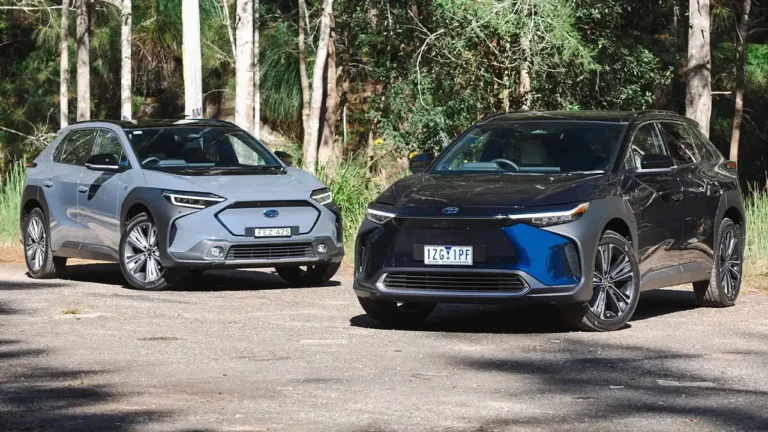Mazda has discontinued the Mazda 2 in the UK, effectively replacing it with the Mazda 2 Hybrid, which is a rebadged Toyota Yaris.
The petrol-powered supermini is no longer available for new orders, and a Mazda spokesperson confirmed that only a “few hundred” units remain in dealerships across the country.
This marks the end of a nearly decade-long run for the model. Launched in the UK in April 2015, the Mazda 2 was well-received for its engaging driving experience, respectable performance, and stylish interior. It underwent facelifts in both 2019 and 2023, with each update incorporating additional technology.

Mazda did not provide specific reasons for discontinuing the 2, but the spokesperson stated: “As we move towards increased electrification of our cars, the Mazda 2 Hybrid meets consumer demand in the B-segment and is a step in our journey to ensure all our cars have some form of electrification by 2030.”
While the model’s age alone suggested it was due for replacement, the decision may also have been influenced by the UK’s zero-emission vehicle (ZEV) mandate. This government initiative requires automakers to gradually increase EV sales, reaching 80% by 2030 and 100% by 2035.
Under current regulations, each mainstream car manufacturer in the UK is allocated an annual carbon credit allowance, determined by its total sales in the previous year and the average CO2 emissions of the petrol, diesel, and hybrid vehicles it sold in 2021.
If a company reduces its CO2 emissions below its allowance, it can convert the excess carbon credits into de facto EV sales, helping to meet ZEV targets. The conversion rate is set at 167 carbon credits per one ZEV sale.
In simpler terms, for every 167g/km reduction in the CO2 output of petrol, diesel, and hybrid vehicles a manufacturer sells in a given year, it can sell one fewer electric vehicle while still complying with the ZEV mandate.

Reports show that Mazda sold approximately 4,400 units of the Mazda 2 last year, consisting of about 1,700 petrol-powered versions and 2,700 mild hybrids.
The petrol variant produces 109g/km of CO2, while the mild hybrid emits 107g/km, amounting to a total emissions output of around 474,000g/km last year.
Had all 4,400 units been Mazda 2 Hybrids, which emit just 87g/km, Mazda would have reduced its CO2 output by roughly 90,000g. This reduction would have enabled the company to sell approximately 500 additional internal combustion engine (ICE) vehicles—equivalent to 2% of its total registrations last year—without incurring penalties.
This shift is particularly relevant to Mazda, as it currently offers only one fully electric vehicle in the UK—the MX-30 crossover—until the upcoming launch of the new 6e saloon next year.



